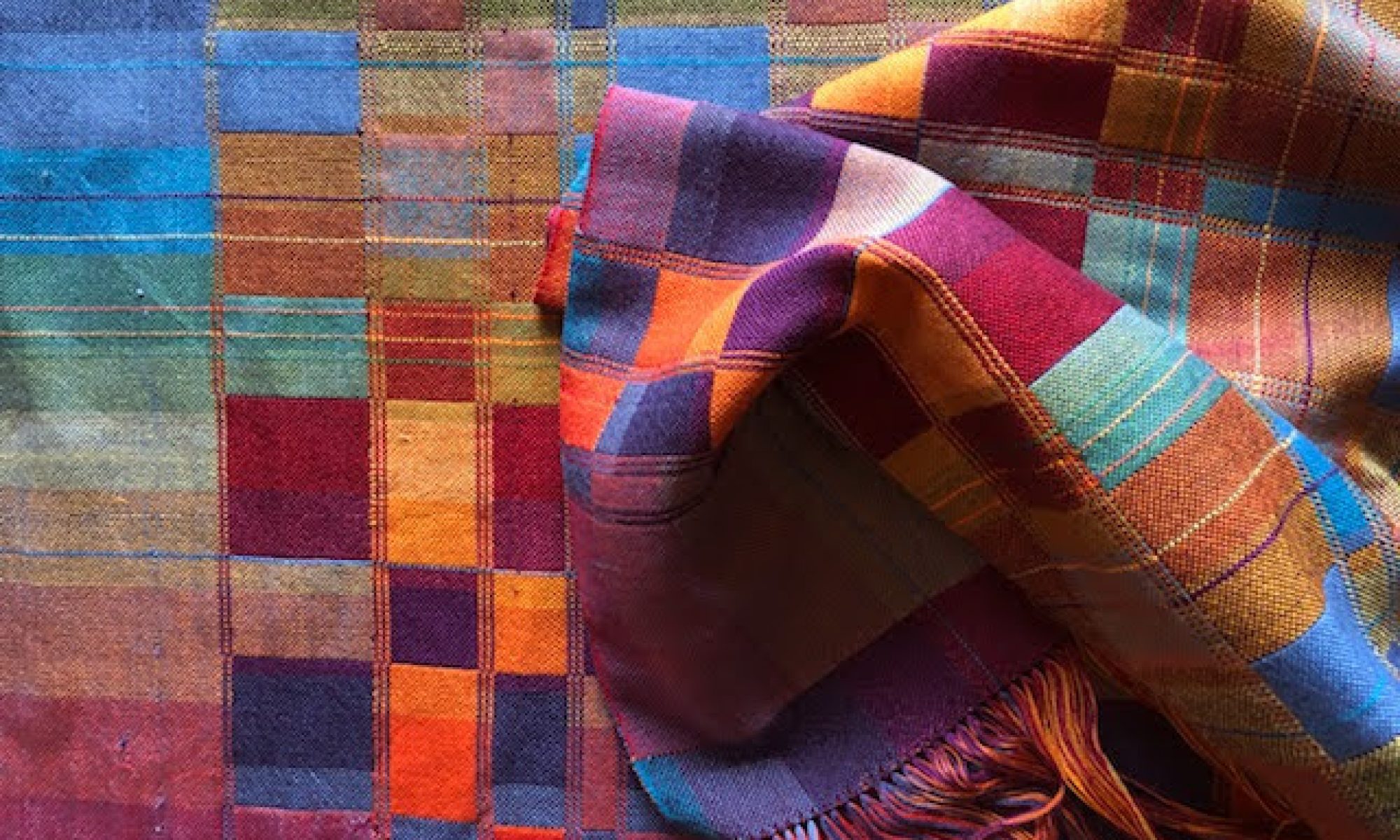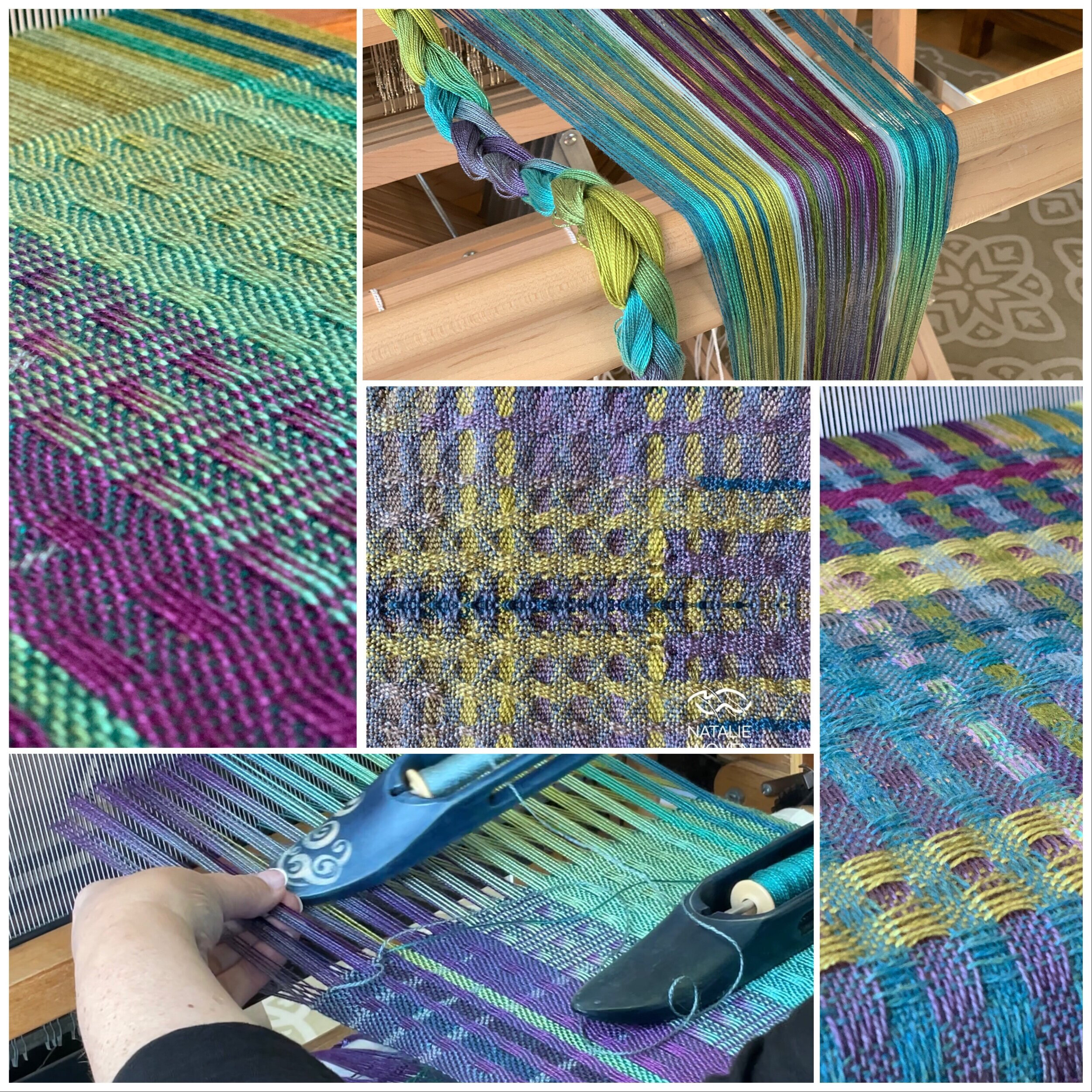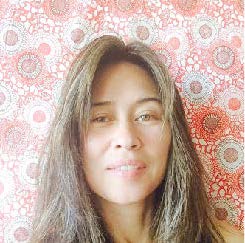presented by Mary Jane Svenson
10:00 a.m. — via Zoom & In Person
I went in search of the rebozo. What I found was an amazing rich history of many crafts, including textiles and an abundance of current productive and creative artisans.
In February and March 2020. we traveled through Mexico in our Airstream as part of a caravan, crossing into Mexico at Nogales and traveling as far as Taxco, the silver city, south of Mexico City.
I had plans to spend time visiting weavers in two locations but due to Covid, my plans were cancelled. However, every market, shop and gallery featured the arts and crafts of their town, city, region. Museums and regional art centers provided the abundant textile history and information about specific regional crafts.
Included in the presentation (but not limited to) photos and/or examples I collected:
- Overview of Mexico
- Rebozos, history of and how/where they are oven — including ikat methods
- Embroidery, examples and applications to huipils, runners, etc.
- Beadwork by Huichol
- Basketry of the Raramuri
- Handwovens of Patzcuara – Tablecloths, bedspreads
January Meeting Place:
NEW ARK UNITED CHURCH of CHRIST
300 E. Main St.
Newark, DE 19711
If you are traveling west on East Main, the church is located on the right side of Main St., just past the Newark Emergency Room. If you pass the restaurant, “Grain on Main”, you have gone too far. There is a blue sign with white letters in front. The turn into the church is just before the sign. Please park in the back of the church. There are 3 handicapped parking spots in front of the church. Those parking in back can use the back entrance to the church.
 Eli Akerfeldt-Howard will present a program/workshop on May 11, 2023.
Eli Akerfeldt-Howard will present a program/workshop on May 11, 2023.


 Natalie Drummond is an educator and fiber artisan from Fremont, Indiana.
Natalie Drummond is an educator and fiber artisan from Fremont, Indiana. Decades of travel to over 30 countries has given me a deep appreciation for textiles and their history.
Decades of travel to over 30 countries has given me a deep appreciation for textiles and their history.